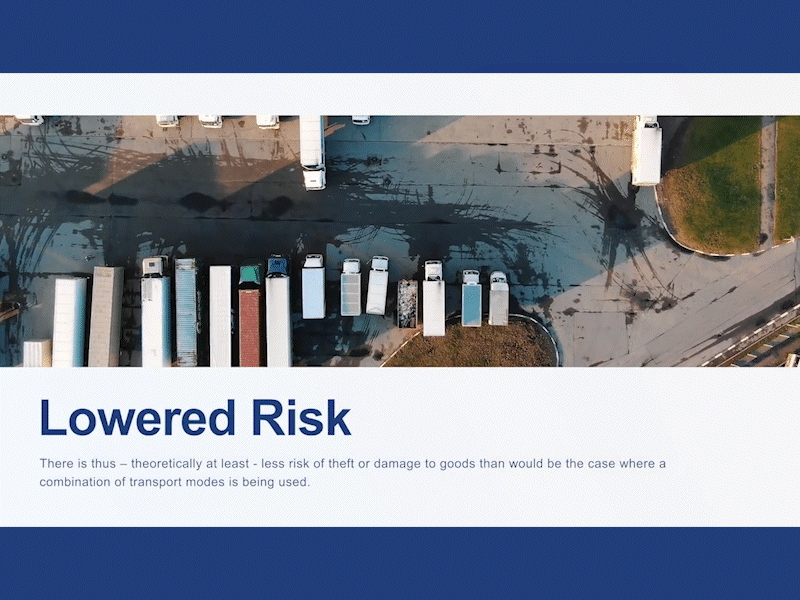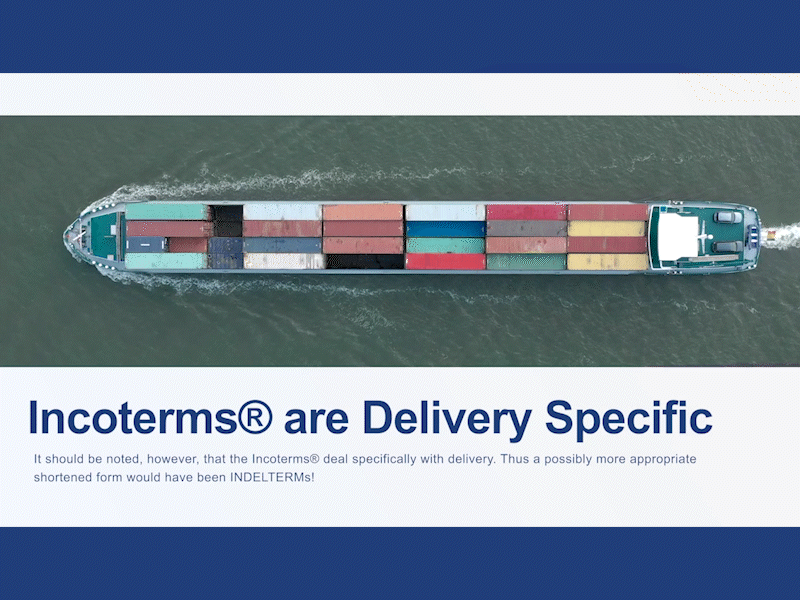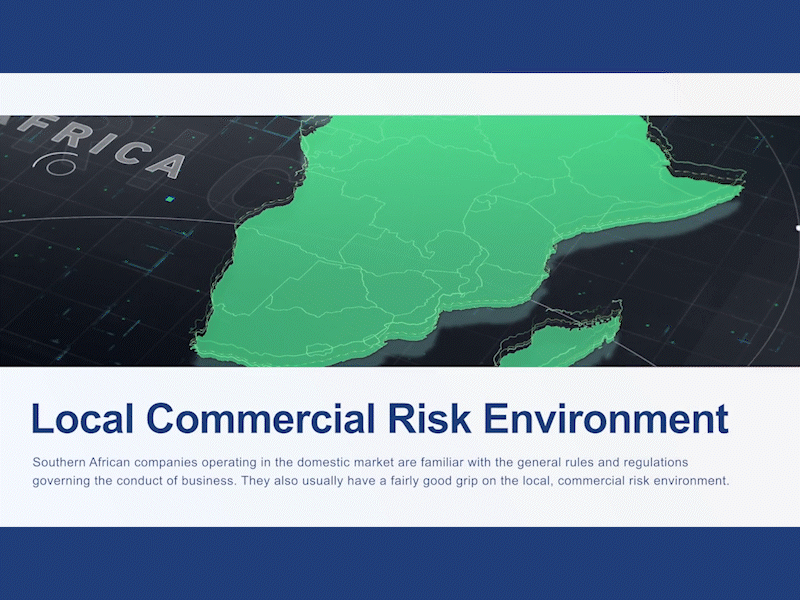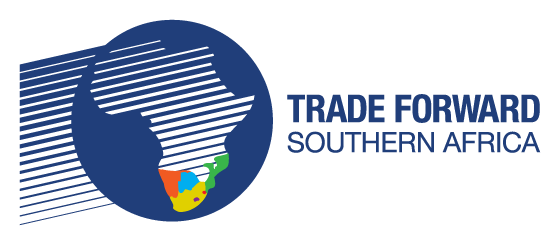Course 4: Export Financial Issues
Module: Costing for Export
Module Rating
Module 4 of 4
~35 minutes
4 Topics
Multiple Assessments

The Costing for Export module forms part of the fourth stage of learning offered by the TFSA School of Export. This new module focuses on costing for export, starting with the costs to be considered when pricing for export, like basic costs, delivery costs etc. The new module also touches on direct and indirect costs, fixed and variable costs, and a step-by-step costing process in relation to a particular delivery term progression.
If you have not, check out Module 1, Module 2, and Module 3 which form part of Course 4: Export Financial Issues alternatively if you are up to date, click on the button below to start the module on Costing for Export.
Who is this Module for?
Businesses & Organisations
looking to expand their knowledge of costing for export
Governmental Organisations
looking to stay current on costing best practice
Entrepreneurs & Individuals
that is export ready and looking to make informed decisions related to costing
Trade Consultants
looking to looking to optimise their export business
Businesses & Organisations
looking to expand their knowledge in costing for export and the potential pitfalls to avoid
Understanding Costing for Export is fundamental to exporting safely and within your budget. As an exporter, you face many potential financial risks when preparing your products and export function for an international market. Many of these risks could leave your company financially stunted. The Costing for Export module starts with a breakdown of the types of costs looking at basic costs, delivery costs, and additional costs. We then focus on direct and indirect costs, fixed and variable costs, followed by a step-by-step costing process in accordance with a particular trade/delivery term progression. The module also covers additional costs and key terminology to consider and optimise for. The module then goes into further detail on each delivery term covering costing to EXW, FCA, CPT, CIP, FAS, FOB, CFR, CIF, DAP, DPU, and DDP. Once each delivery term has been covered we finalise the module with a process on recording costs for future reference. It is important to have a strong understanding of the various delivery terms in order to take full advantage of this training module. If you have not yet completed the Incoterms® module, then click here to begin.
It is of vital importance to fully understand the skill of costing accurately under a given Incoterm®, especially when considering the prices of your export products. This skill not only influences the profitability of a particular export approach, but also highlights potential pitfalls which could in the long run sink a promising export business. Keep in mind that every additional cost, including costs you were unaware of not only affect your profit margins but also your products chances at acquiring market share in a potential international market. The module discusses the significance of costing for export, classification of costs, costing processes and additional potential financial pitfalls. Understanding these concepts and processes will empower your company to fine tune your product costing for a sustainable and profitable export endeavour.
Once the types of costs and categories are covered we summarise them into four main categories, namely international marketing (includes sales) costs, product production costs (includes promotional, packaging, and instruction manuals), expenditure associated with financing and payment and financial outlay associated with delivery. As mentioned above we go into detail covering every type of delivery term and the potential pitfalls to avoid.
The next part of the module covers the importance of acquainting yourself with the costs involved in the delivery of goods. We include breakdowns of key terminology like shipping and cargo handling marks, cost of packing, domestic transit insurance, cross haulage charges, pre-carriage, cargo dues (wharfage), terminal handling charge and shipping fees, to name a few. This lays the foundation for a full breakdown of each incoterm® and how best to process them to identify the most financially viable delivery terms for your export products.
Topic 1: Understanding the difference between direct and indirect, and fixed and variable costs; and between product costs, international marketing costs, finance and payment costs
Topic 2: Acquainting yourself with the costs involved in the international delivery of goods
Topic 3: The allocation of delivery-related costs under each of the ICC’s 11 Incoterms® (Incoterms® 2020)
Topic 4: Calculating the total export cost given different Incoterms® and associated costs
Costing for Export forms part of the fourth stage of the TFSA School of Export’s newest learning modules focused on furthering the learner’s export knowledge. If you are looking for export assistance, this is your ultimate source. Every course and the subsequent module has been developed and curated by the International Trade Institute of Southern Africa and Trade Forward Southern Africa. The entire training course is free of charge and can be completed by individuals and organisations alike. If you know anyone that would be interested, share this module with them using the link below. We would also love your feedback, so drop us a review once you have completed the module.






